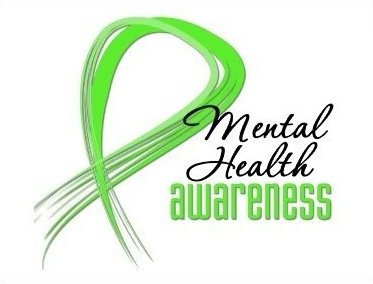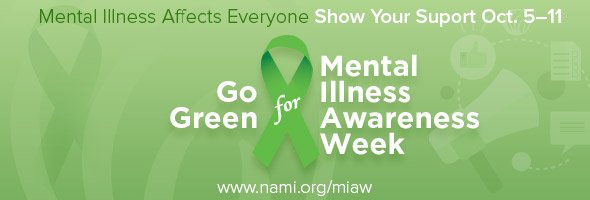Susan L. McElroy, MD
Lindner Center of HOPE, Chief Research OfficerUniversity of Cincinnati College of Medicine, Professor of Psychiatry and Neuroscience
Intermittent Explosive Disorder (IED) is a common and serious disorder that is often unrecognized and untreated. People with IED are periodically unable to restrain impulses that result in verbal and physical aggression. The aggressive behaviors are unplanned, out of proportion to provocation, and cause distress and psychosocial impairment, including interpersonal difficulties, divorce, school suspension, job loss, and financial and legal problems.
The violent behaviors of IED, often called explosive outbursts or rage attacks, are often preceded by aggressive or violent impulses, described as “the need to attack,” ‘the need to defend oneself,” “the need to strike out,” “seeing red,” or “an adrenaline rush.” These impulses are associated with tension, anger, increased physiological arousal, and increased energy. The explosive outbursts are brief, lasting 10 to 30 minutes, and usually followed by feelings of depression, remorse, guilt, and fatigue.
Once thought to be rare, we now know that IED is very common. Research has shown that the lifetime prevalence of IED in the general population is 1 to 7 percent. The average age of onset is 14 to 18 years among adults, and 13 among adolescents. IED is most common males and younger people. Of note, people with IED often have other psychiatric disorders, like depression, bipolar disorder, alcohol or drug abuse, and anxiety.
The cause of IED is unknown but biological, psychological, and social factor are thought to be involved. Importantly, IED runs in families suggesting that genetic factor are involved. Research also suggests that abnormalities in serotonin function in the central nervous system plays a role in IED.
IED is usually treated with medications and/or cognitive behavioral therapy (CBT). Medications that may be helpful include serotonin reuptake inhibitor s (like fluoxetine), anti-epilepsy medications (like carbamazepine ), or mood-stabilizers like lithium. When treating IED, it is crucial that other psychiatric conditions are identified and properly managed.
No medication, however, is approved by the United States Food and Drug Administration for the treatment of IED. Hence, Azevan Pharmaceuticals is sponsoring a study to see if a novel medication is efficacious for IED in adults. This medication affects vasopressin, a hormone in the brain thought to play an important role in regulating aggressive behavior. This medication has been shown to reduce aggressive behavior in animals. The Research Institute at the Lindner Center of HOPE will be participating in this study which is scheduled to begin in late August. The Research Institute will be recruiting volunteers with IED to participate at that time. If an individual has questions about the study and might be interested in participating, they can call 513-536-0710 for further information.




